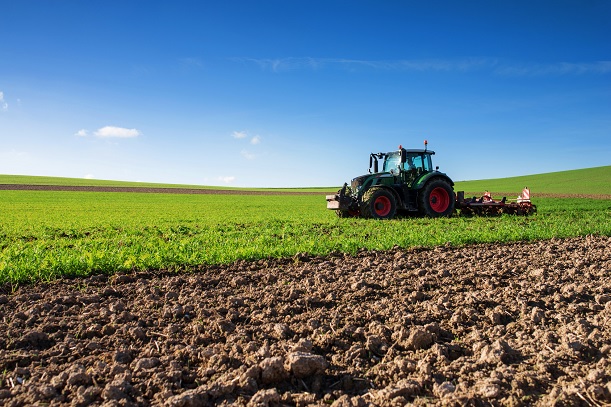Cellular technology will cement its leadership over LPWA connectivity in agricultural IoT deployments over the next four years, but will continue to lag behind traditional industry methods of connectivity, new figures claim.
According to predictions by Berg Insight, the number of wireless connections in farming will grow at a compound annual growth rate (CAGR) of 10 percent from 17 million in 2016 to reach 27.4 million in 2021. Berg said the agriculture market was currently “greatly underpenetrated” by wireless IoT solutions.
Many of the new connections will be made over cellular, which will grow from 0.8 million connections at the end of 2016, 4.7 percent of the total, to reach 3.1 million in 2021, around 11 percent of the total.
This represents a CAGR of 30.2 percent, with Berg citing machine telematics and remote monitoring via in-field sensor systems as key applications for cellular.
While growth in LPWA technologies such as NB-IoT, LTE-M, Sigfox and LoRa will outpace growth in cellular with a CAGR of 141 percent, they will still only account for 0.5 million connections or 2 percent of the total by 2021, growing from a figure in the thousands at the end of 2016.
At the same time, shipments of in-field sensor systems and remote control units will grow from 107,000 in 2016 at a CAGR of 43.5 percent to reach 653,000 units in 2021.
The majority of connections will continue to be powered by 802.15.4-based standards, which currently hold an 85 percent share. The category includes protocols such as Zigbee, Snap and Wireless Heart, with the former used in a cow monitoring solution offered by Delaval.
Fredrik Stalbrand, IoT Analyst at Berg Insight, said: “Leading providers are now investing in technical platforms capable of supporting integration with third-party hardware and software solutions as agricultural equipment are becoming parts of broader systems.”
The last 12 months have seen operators trialling cellular technology for farming projects, including Telia using NB-IoT in Norway.



